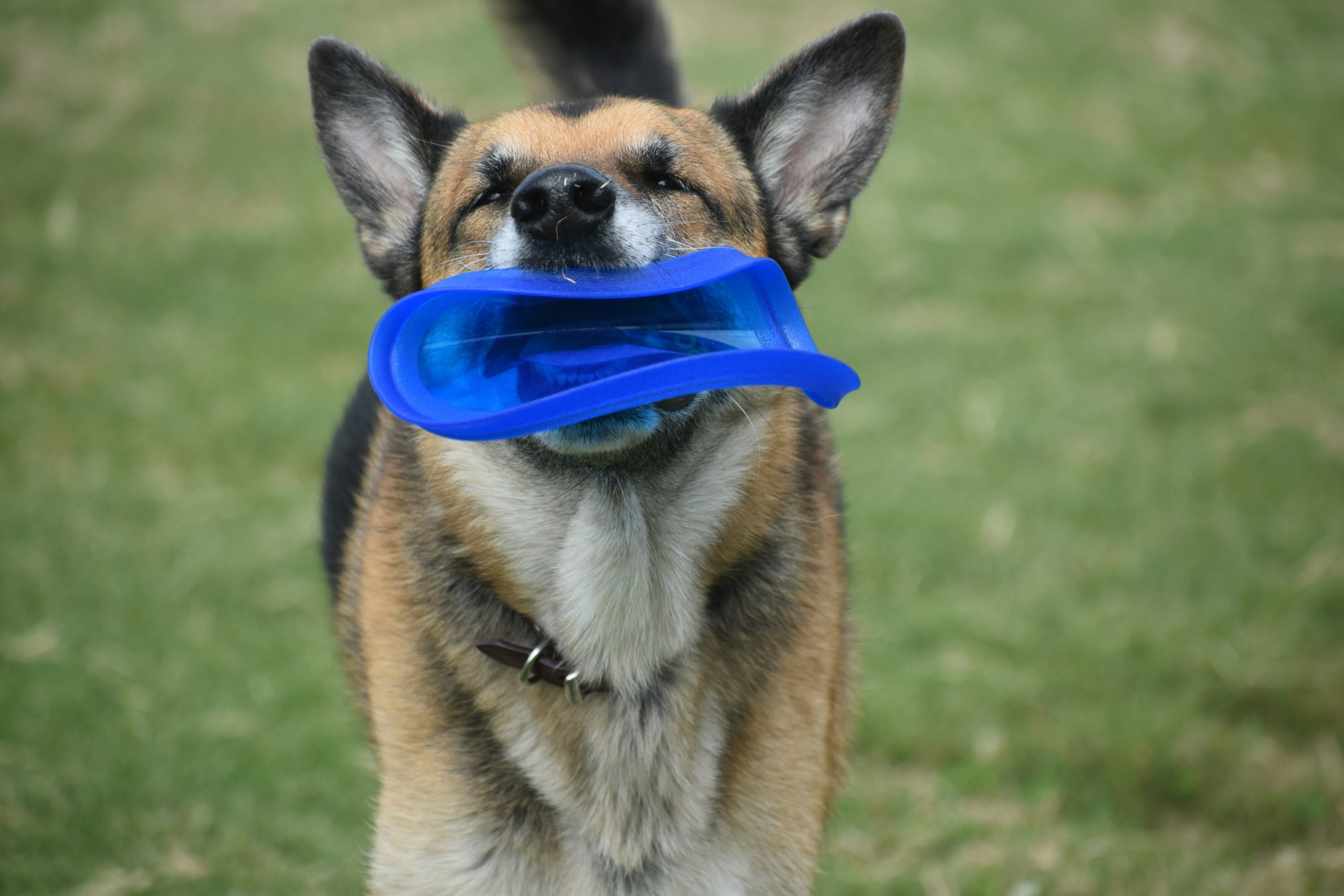Comparing Canine and Human Color Vision: Exploring the Spectrum
Comparing Canine and Human Color Vision: Similarities and Differences – Exploring the anatomical and physiological differences in canine and human eyes provides valuable insights into the distinct color perception abilities of both species.
Canine Vision: Understanding the Basics
The differences in canine vision compared to human vision are not only fascinating but also crucial in understanding the distinct sensory experiences of dogs. The canine eye anatomy, specifically the distribution of cones and rods, plays a significant role in shaping their visual perception. With fewer cones in their eyes, dogs have a limited ability to perceive vibrant colors, especially in the red and green spectrum. This is in stark contrast to human color perception, which heavily relies on the presence of cones to distinguish a wide range of colors.
Moreover, the abundance of rods in a dog’s retinas enhances their vision in low-light conditions, giving them a superior advantage over humans in such environments. For example, dogs’ ability to see better in dimly lit areas or during night time activities can be attributed to the presence of more rods in their eyes, contributing to their exceptional night vision. Understanding these unique visual adaptations in dogs not only sheds light on their sensory experiences but also emphasizes the need for tailored care and empathy towards these remarkable animals.
Human Vision: Comparing Color Perception
Human color perception is a fascinating aspect of our visual system and is largely dependent on the presence of cones in the retina. These cones are specialized photoreceptor cells that enable the detection of color and play a crucial role in processing color information. The human eye contains three types of cones, each sensitive to a different range of wavelengths, allowing us to discern a wide spectrum of colors. For example, the S-cones are sensitive to short wavelengths, corresponding to the color blue, while the L-cones are sensitive to long wavelengths, associated with the color red. The M-cones are sensitive to medium wavelengths, allowing us to perceive the color green. The combined activity of these cones allows humans to distinguish various hues and shades, contributing to our rich color perception.
Moreover, the distribution and density of these cones in the human retina contribute to our ability to perceive colors vividly and in detail. This intricate system of color perception enables humans to appreciate the beauty of art, distinguish ripe fruits from unripe ones, and even detect subtle changes in our environment. Additionally, research has shown that humans are capable of perceiving millions of different colors due to the complexity of the cone cells in our eyes. This remarkable ability to perceive a broad range of colors is a defining characteristic of human vision and has significantly influenced our cultural and artistic expressions throughout history. Understanding the intricate mechanisms of human color perception not only sheds light on the complexities of our visual system but also highlights the unique nature of our interaction with the world around us.
Canine Color Perception: Limitations and Abilities
Dogs have dichromatic vision, which means they have two types of cones in their eyes compared to humans’ trichromatic vision, which involves three types of cones. This fundamental difference in cone types significantly impacts dogs’ color perception. While humans can see a wide range of colors due to the presence of three types of cones, dogs have a limited ability to perceive color because of having fewer cones in their eyes.
For example, when it comes to red and green, dogs struggle to distinguish between the two colors. Their eyes contain two types of cones that enable them to see blue and yellow, but not red or green. This limitation in color perception is due to the absence of the third type of cone that allows humans to see the full spectrum of colors. Understanding this distinction is crucial for dog owners and caregivers to provide appropriate visual stimuli and aids. For instance, using yellow or blue toys for dogs instead of red or green can ensure that they can effectively differentiate between the colors they see, thus enhancing their overall visual experience.
Moreover, the abundance of rods in dogs’ retinas enhances their vision in low-light and night conditions. This adaptation gives dogs a superior advantage over humans in environments with reduced light, such as during evening walks or in dimly lit rooms. Recognizing these limitations and abilities is essential for tailoring the environment and care to suit dogs’ unique visual capabilities, ultimately contributing to their overall well-being and quality of life.
Motion Detection: Dogs vs. Humans
Dogs have a higher critical flicker fusion rate, which allows them to detect motion more effectively than humans. This means that they can perceive fast-moving objects more accurately than humans, making them well-equipped for activities like hunting and tracking. For example, when a ball is thrown for a dog to fetch, they are able to track and capture it swiftly due to their enhanced motion detection abilities. This aspect of their vision is a result of their evolutionary traits, where their visual system has adapted to prioritize detecting motion over discerning a wide range of colors.
In contrast, humans rely more on their ability to perceive a variety of colors and details, which has contributed to their role as gatherers and hunters throughout history. This distinction in the visual capabilities of dogs and humans underscores the unique evolutionary paths and specializations that each species has undergone. By understanding the specific differences in motion detection between dogs and humans, we can appreciate the diverse strategies that have evolved to aid each species in their particular roles and functions within their ecosystems. This knowledge is crucial in providing appropriate care and training for dogs, taking into account their natural inclinations and sensory strengths.
Navigating the World: Sensory Adaptations
Dogs have evolved to rely more on their acute sense of hearing and powerful sense of smell to navigate their world, compensating for their limited color perception. For example, when hunting, dogs use their exceptional sense of smell to track prey and their keen hearing to locate the direction of movement. These heightened senses enable them to compensate for their inability to perceive a wide range of colors and make them highly efficient hunters and trackers.
Furthermore, dogs have a unique anatomical feature called the tapetum lucidum, a reflective layer in their eyes that enhances their night vision by reflecting light, thus contributing to their better vision in low-light conditions. This adaptation allows dogs to have superior vision in darkness, making them adept at activities such as hunting and guarding during nighttime. For instance, the tapetum lucidum enables dogs to see in conditions where humans would struggle, enhancing their ability to detect movement and navigate in dimly lit environments.
Understanding these sensory adaptations provides valuable insights into the comprehensive sensory perception of dogs and aids in tailoring better care for them. By recognizing and appreciating the strengths and limitations of their sensory capabilities, pet owners and caregivers can ensure that dogs receive the appropriate support and accommodations, ultimately enhancing their well-being and quality of life.
Understanding Canine and Human Color Vision Differences
When examining the anatomical and physiological disparities between canine and human eyes, it becomes evident that these dissimilarities significantly impact the color perception abilities of both species. Dogs have fewer cones in their eyes, which limits their ability to see color, while having more rods enhances their vision in low-light conditions. In contrast, human color perception heavily relies on the presence of cones in the eyes, enabling the distinction of a wide range of colors. This variation in the distribution of cones and rods in the eyes of dogs and humans leads to substantial differences in color and motion detection capabilities. For example, while humans can perceive a broad spectrum of colors due to the abundance of cones in their retinas, dogs have a more limited color perception, primarily distinguishing blue from yellow and struggling with red and green.
Moreover, these disparities highlight the importance of understanding the unique visual capabilities of dogs to provide tailored care and empathy for them. For instance, comprehending that dogs possess superior night vision due to the abundance of rods in their retinas allows owners to create a safe environment for their pets during low-light conditions. Similarly, recognizing that dogs rely more on motion and have a limited ability to see colors is crucial for selecting appropriate toys and aids in better care for dogs. Therefore, delving into the distinctions between canine and human color vision not only contributes to a deeper understanding of the sensory adaptations of dogs but also enables the provision of more effective and compassionate care for our canine companions.



